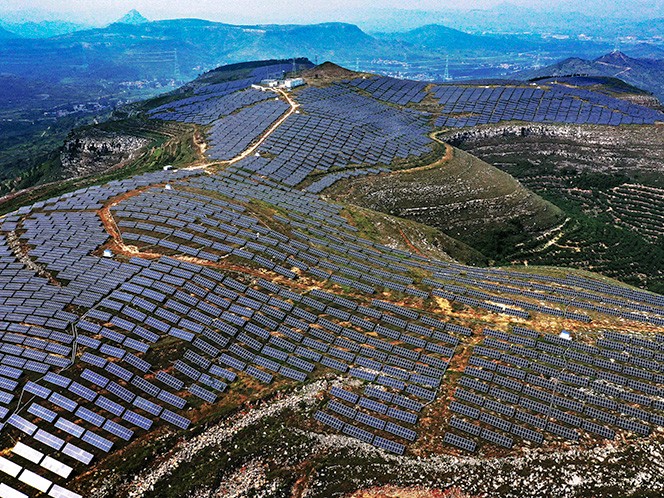Unleashing energy efficiency at scale: Why industrial intelligence is the key to a low carbon future
Posted: June 23, 2023

If, like me, you believe that closer collaboration between governments, industry and the tech sector holds the key to accelerating a low carbon future, the past ten days have been exciting.
At the International Energy Agency’s 8th Annual Global Conference in Versailles, discussions ranged from innovative solutions and the energy transition to the role that digitalization will play in resolving these challenges. Among guests were energy ministers from more than 30 nations, including Chinese Vice Chairman, Reform Commission, Zheng Gaoli. Although the IEA’s open door policy now encompasses over 70% of global demand, and there was palpable will in the room to accelerate the energy transition, the path to a low carbon future is not simple. As I see it, there are three key challenges:
- First, mapping and understanding the energy landscape is complex. Much transmission and distribution is based on localised networks, even in power markets as sophisticated as the US - this was thrown into relief by the Texas power challenges in 2021. Because renewable power generation will be of a different nature and is often located in geographies far from existing power infrastructure, new grids and networks are having to connect renewable power supplies to the system. Hence, a new mapping of resources and demand is needed to identify appropriate mechanisms to drive change.
- Second, many renewable resources are not yet efficiently developed. We see this particularly in Africa, where there are vast solar, hydro and wind resources and yet underdevelopment is leaving many nations vulnerable to climate change, evidenced by rising sea levels threatening booming coastal towns from Dakar in Senegal to Luanda in Angola. In Northern Europe, by contrast, governments are struggling to manage the surges in power caused by wind energy, which are equally as disruptive as not having sufficient power. Many governments are exploring battery technologies and even cryogenics as a result.
- Third, even where abundant local opportunities are matched with the technology to optimize them, the regulatory environments required to drive decarbonization takes time to embed. Hence further delays, which pose challenges for local populations, energy companies and investors alike.
In two days of discussion it’s not possible to map every challenge or follow up on every opportunity. However it was a privilege to be part of the discussion, to hear so many diverse perspectives and confirm agreement on action to explore new routes forward. Decarbonization will demand an integrated approach and there was palpable appetite to drive progress.
So what are the next steps I would recommend?
First, by gathering data that spans the entire value chain and applying AI, leading companies can identify, model and swiftly implement new ways of working that are more efficient. I think of this as industrial intelligence, and at AVEVA we see it as a key pathway to a lower carbon economy. For instance, in Turkey, Oyak Cement replaced 30% of their fossil fuel use using our software, cutting emissions by 1% using digital design and process optimization. Similarly, bp in the UK uses process simulation infused with AI to identify how they can run operations most efficiently and reduce emissions.
Second, a mosaic of lower-carbon energy sources and balancing mechanisms is needed to support the decarbonization of the energy system. Digitalization is an essential first step to managing the complexity of diverse energy sources and microgrids, and matching supply and demand. An example of how this can work in action is Sener’s Noor Power Complex, where data-led insights enable three million solar panels to operate in unison, meeting 20% of Morocco’s energy needs. A different example is Airbridge, an Australian company with a globally patented technology that transforms carbon emissions before they enter the atmosphere and repurposes them into global commodities, advancing decarbonization and ensuring secure, regular energy supply for local communities. Airbridge is only just starting to scale up their operations and I am looking forward to seeing where this new model will take them.
The IEA meeting was just the beginning of a bigger discussion around digitalization and how the connected industrial economy can decarbonize the energy landscape. Our technologists are passionate about supporting and enabling innovation, pioneering new ways to optimize the sustainability savings that industries achieve through their operations. I am excited to see the collaborative commitments made at the IEA and look forward to building upon them as we prepare for COP28 and beyond.
To learn more about AVEVA’s approach to decarbonization read our sustainability interim report.